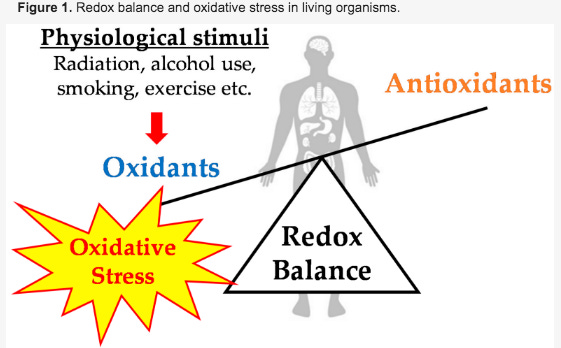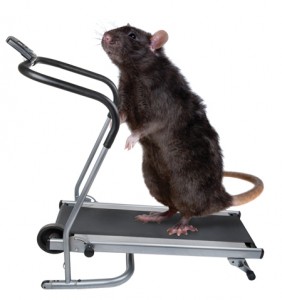
Vitamin B6, also known as pyridoxine, is a water-soluble micronutrient functioning as a coenzyme in over 100 enzymes (Gropper, Smith, & Carr, 2018). However, its primary role is the metabolism of amino acids in addition to the synthesis of glucose, carnitine, sphingolipids, heme, nucleic acids, and neurotransmitters (Gropper et al., 2018). A lesser known role of B6 is in the control of antioxidant activity, especially during bouts of intense exercise; a style of activity that is becoming more commonplace. As such, the following will consider the role of B6 in managing oxidative stress during intense activity.

Several studies have suggested that exercise can be a means of improving antioxidant status in addition to managing risk of cardiovascular events (i.e., antiatherogenic). However, intense activity (i.e., CrossFit) can produce an imbalance between free-radical production and the anti-oxidant defense system (Choi & Cho, 2009). Current knowledge of B6 indicates its role in mitigating lipid peroxidation/metabolism of homocysteine to cysteine, and its absence stimulates the production of glutathione; a prominent antioxidant in the human body (Choi and Cho, 2009). Choi and Cho (2009) submitted that B6 appears to play a role in the management of said defense system during such activities. The following will consider rat studies conducted by the researchers in an attempt to elucidate an association between B6 deficiency, intense exercise, and antioxidative status.

24 male rats were divided into 2 groups; group 1 consisted of 24 rats acting as a control group while group 2 contained rats that were fed a B6 deficient diet (Choi & Cho, 2009). After 4 weeks of consuming either a normal diet (group 1) and a B6 deficient diet (group 2), group 1 and 2 were then further divided into a pre-exercise group (PRE), post-exercise group (POE), and a recess after exercise group (REE) (Choi & Cho, 2009). The exercise groups were placed on a treadmill in a fasted state for one hour, while the REE group were provided a break after an hour of exercise. Rats were sacrificed thereafter and plasma and liver biomarkers were measured. The following will review the results by Choi and Cho (2009).

The researchers analyzed the activity of plasma catalase (enzyme that breaks down reactive oxygen species hydrogen peroxide) superoxide dismutase (enzyme that breaks down superoxide radical), the ratio of reduced glutathione (antioxidant form) to oxidized glutathione (form after glutathione serves as an antioxidant), in addition to malondialdehyde (a marker of oxidative stress) (Choi & Cho, 2009). Interestingly, the B6 deficient rats had lower plasma catalase and superoxide dismutase levels compared to the control group despite engagement in exercise (Choi & Cho, 2009). Furthermore, the ratios of oxidized/reduced glutathione in the B6 deficient group were lower in PRE while no difference was indicated in the POE and REE (Choi & Cho, 2009). Finally, the level of malondialdehyde was significantly raised in the B6 deficient group (PRE and POE) (Choi & Cho, 2009).
In conclusion, the research of Choi and Cho (2009) indicated an association between intense activity and antioxidant defense; B6 deficiency would likely aggravate antioxidative status as outlined by the aforementioned biomarkers in the previous section. Although the study is limited by rat models, the research still encourages one to consider the value and role of such a micronutrient when engaging in intense and prolonged activity.
References
Choi, E. Y., & Cho, Y. O. (2009). Effect of B6 deficiency on antioxidative stress in rats with exercise-induced oxidative stress. Nutrition Research and Practice, 3(3), 208-211.
Gropper, S. S., Smith, J. L., & Carr, T. P. (2018). Advanced nutrition and human metabolism (7thed.). Boston, MA: Cengage Learning.
-Michael McIsaac
